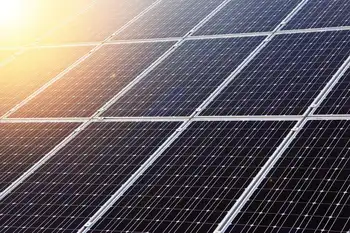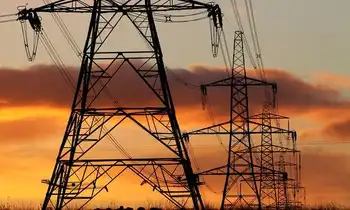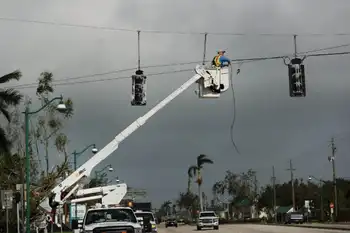Labrador power project's feasibility studied
LABRADOR - The project has been proposed and interests are piqued. Now authorities in Ontario, Quebec and Newfoundland are taking a serious look at how feasible it would be to transmit clean electricity from Labrador into Ontario's most power-hungry regions.
Ed Martin, chief executive officer and president of Newfoundland and Labrador Hydro, told the Star recently his province's proposed Lower Churchill Falls development is largely contingent on finding a ready and willing market for the more than 2,800 megawatts of renewable hydroelectric power that could begin flowing by 2015.
"It's our strongest focus right now," said Martin, in Toronto to meet officials at the Ontario Power Authority, the Independent Electricity System Operator and the Ministry of Energy.
But getting into Ontario means passing through Quebec. The Newfoundland utility applied to Hydro-Québec's transmission division in January for approval to transmit power through Quebec to Ontario, the Maritimes and several states in the northeast United States.
"We want open access (through Quebec), and naturally we're going to pay for that open access and a fair return on it," Martin said.
To advance the project, Newfoundland Hydro applied two weeks ago to Ontario's independent system operator for permission to transmit into the province.
That application triggered a process that will look at where power from Lower Churchill would enter Ontario, how much new transition infrastructure would be needed, and how much it would cost.
Officials at the system operator have also scheduled a joint meeting with Hydro-Québec officials to work through the technical details.
Martin said a system impact study for Ontario should be completed by late fall.
He made clear that Newfoundland could bypass Quebec, and exclude Ontario, by establishing a transmission route that passes through Newfoundland, the Maritimes and connects with several U.S. states.
If the price was right and transmission costs were reasonable, "to be frank we'd have to go there."
But the real prize is Ontario, a province that's intent on expanding its use of renewable electricity and weaning itself off coal. At the same time, it's looking at a 10,000-megawatt power shortfall around the same time Lower Churchill would begin to flow.
"It's a perfect marriage," Martin said.
"A big part of the country needs a big hunk of power. We've got a big hunk of power.
"This should be a relatively easy process to push. And to me, that would be our preference."
The Lower Churchill development is planned for two sites — a generating facility at Gull Island that would produce 2,000 megawatts, and a facility at Muskrat Falls that would produce 824 megawatts. Combined, the plants would supply enough clean energy to power 1.5 million homes. So far, the development is expected to cost between $6 billion and $9 billion.
The Ontario government, in partnership with Hydro-Québec and engineering firm SNC-Lavalin Inc., proposed in March 2005 to help Newfoundland and Labrador develop Lower Churchill.
But the eastern province decided in May that it would go it alone.
"We are very interested in buying from them," Dwight Duncan, Ontario's energy minister, said recently. "But I'm not going to put the ratepayers of Ontario at risk."
He said Newfoundland will have to get transmission guarantees from Quebec to make the deal possible, and ultimately any deal will come down to cost.
"The challenge Ontario has is we simply can't blindly enter into an agreement and pay whatever. You're looking at long-term arrangements that involve price-sensitivity. I don't want my grandchildren to look back in 20 years and say `what were they thinking.'"
But developing an east-west grid, and permitting a province such as Ontario to access a greater share of surplus hydropower from Manitoba, Quebec and Newfoundland, is an opportunity that can't be ignored any longer, he said.
"We've had two federal governments now that have shown virtually no interest in it, which I think is short-sighted and dumb.
"Everybody's talking a good game about climate change, and this to me is low-hanging fruit," Duncan said.
Related News

Britain got its cleanest electricity ever during lockdown
LONDON - U.K electricity has never been cleaner. As wind, solar and biomass plants produced more power than ever in the second quarter, carbon emissions fell by a third from a year earlier, according to Drax Electric Insight’s quarterly report. Power prices slumped 42 per cent as demand plunged during lockdown. Total renewable energy output jumped 32 per cent in the period.
“The past few months have given the country a glimpse into the future for our power system, with higher levels of renewable energy and lower demand making for a difficult balancing act,”said Iain Staffell, from Imperial College London and…




